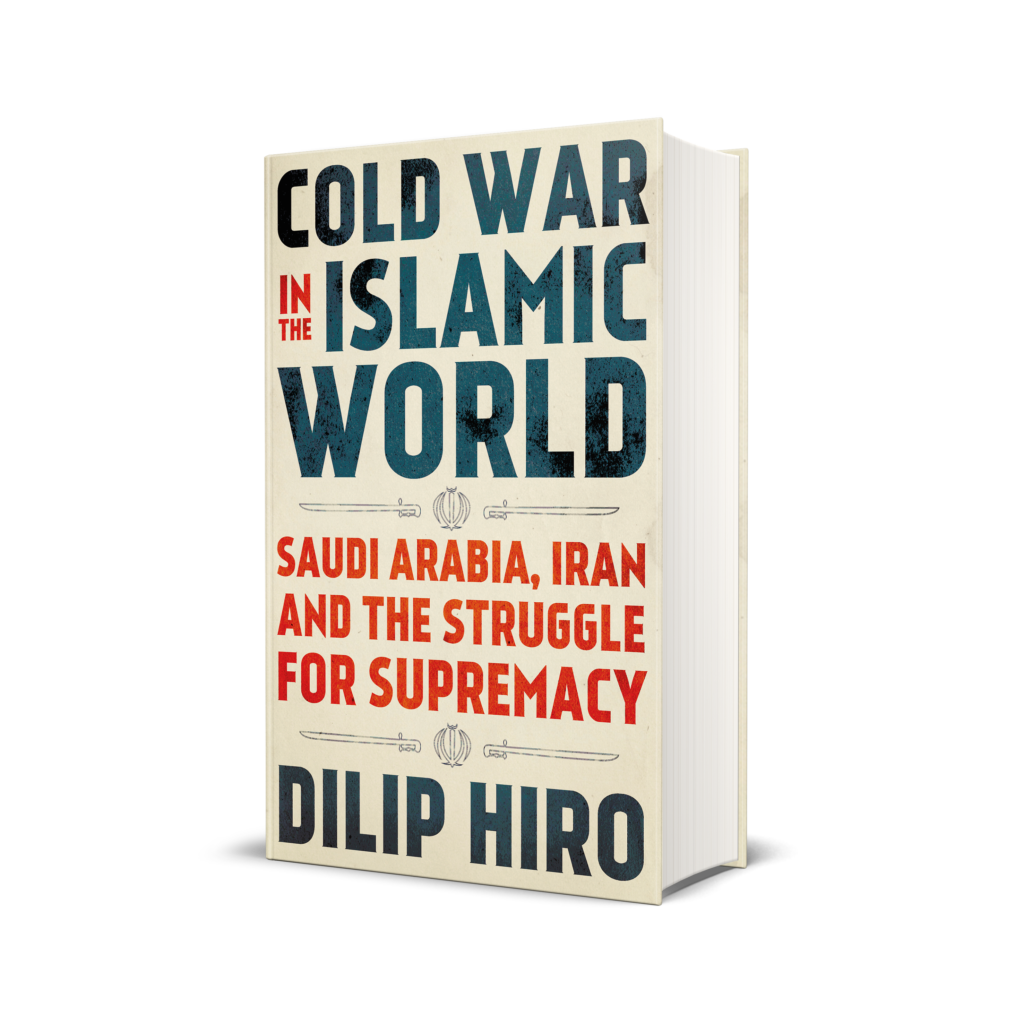The Saudis have been consistent in saying that Iranian weapons were used to hit the Abqaiq processing plant (which has the capacity to purify up to 7 million barrels of crude oil per day), and the adjoining Khurais oil field of Saudi Aramco, on 14 September at 17 points. Of the 16 drones and 10 cruise missiles that were deployed by the attacking entity, all but three missiles hit the targets.
At a press conference on 18 September in Riyadh, Saudi military spokesman Col Turki al-Maliki said that Iran “sponsored” the attack, but he fell short of alleging that it had been launched from the Iranian territory.
At the same time, the Houthis staged a press conference in Sanaa. Their army spokesman Brig Gen Yahya Serie substantiated their claim of responsibility for the attack by revealing that Saudi Aramco targets were struck by Qasif K-2 cruise missiles and Samad 3 drones possessing a range of 1,700 km (1,050 miles), more than the 770 km (480 miles) that separate the Yemeni border from the Abqaiq plant. These weapons, he added, were launched from three sites and timed to reach their targets from different angles simultaneously.
It is likely that the Houthis were assisted in implementing their plan by the officers of the Al Quds unit of Tehran’s Islamic Revolutionary Guard Corps. This runs parallel to the military advisers of Britain and America assisting the Saudi Air Force in choosing their targets and training their pilots in Riyadh’s four-and-a-half-year-long war against Houthis in Yemen. Both the United States and the United Kingdom have sold billions of dollars worth of weapons to Saudi Arabia. That does not make the US and the UK responsible for committing the numerous war crimes of the Saudi kingdom.
It is widely known that Iran has been supplying weapons to their Houthi allies illicitly. A confidential report by the United Nation sanctions monitors’ panel submitted on 24 November 2017 concluded from their study of the remnants of the four Scud missiles fired by the Houthis between 19 May and 4 November at Saudi Arabia, that they had been designed and manufactured by Iran.
However, they failed to produce evidence as to the identity of the broker or supplier of the missiles. “Design characteristics and dimensions of the components inspected by the panel are consistent with those reported for the Iranian designed and manufactured Qiam-1 missile,” the panel noted. It said that it had gathered evidence that the missiles were transferred to Yemen in pieces and assembled there by missile engineers working with the Houthis. It added that the missiles were most likely smuggled into Yemen along “the land routes from Oman or Ghaidah and Nishtun in Mahrah governorate of southern Yemen after ship-to-shore transshipment to small dhows, a route that has already seen limited seizures of anti-tank guided weapons.” (See Dilip Hiro, Cold War in the Islamic World: Saudi Arabia, Iran and the Struggle for Supremacy, 2018, page 339)
Riyadh has been reassured by the fact that since its armed intervention in the Yemeni civil war in March 2015, the navies of several Western nations have interdicted weapons caches bound for the Houthis. American officials said in October 2015 that US Navy ships had interdicted five Iranian arms shipments bound for Yemen. In February 2016 an Australian ship interdicted a dhow bound for the Somali port of Caluula used as a transit point for shipments to Yemen. Its cargo included 2,000 AK-47 assault rifles, and various machine guns. Another interdiction by a French ship on 20 March showed a cargo of more than 2,000 assault rifles.
Eight days later, USS Sirocco interdicted a dhow carrying 1,500 assault rifles and 200 rocket launchers. The weapons pipeline outline by the London-based Conflict Armament Research, funded by the European Union – showed flows from Iran to a few small transshipment ports in the semi-autonomous Pentland region of the Somalia coast. From these ports, contraband was picked up by small vessels bound for other ports in Somalia or Yemen.” (See Dilip Hiro, Cold War in the Islamic World: Saudi Arabia, Iran and the Struggle for Supremacy, 2018, p. 310)
The US Navy’s press release of 5 April 2016 noted that for the third time in recent weeks, American and other international naval forces operating in the Arabian Sea had seized illicit shipments of weapons originating in Iran for delivery to the Houthi-Saleh forces in Yemen via Somalia. Iran’s denials did not carry much weight. Noticing that the Houthis were being squeezed on different fronts, it was politically incumbent on Tehran to show that it stood by the anti-Saudi forces in their hour of acute need.
With the Trump administration’s May 2018 withdrawal from the 2015 Iran nuclear deal with six major powers, and its imposition of secondary sanctions on Iran’s oil sales, tensions in the region have escalated sharply. Following the attack on Saudi oil facilities, in a letter sent to the United States via the Swiss embassy which represents US interests in Iran, Iran said that in the case of any aggression against the Islamic Republic, the US will face an immediate response which “won’t be limited to its source.” That is, the armed conflict will turn multilateral.

Dilip Hiro is the author of Cold War in the Islamic World: Saudi Arabia, Iran and the Struggle for Supremacy, Hurst Publishers 2018.
Hardback | September 2018 | £25.00 | 9781849049948 | 432pp